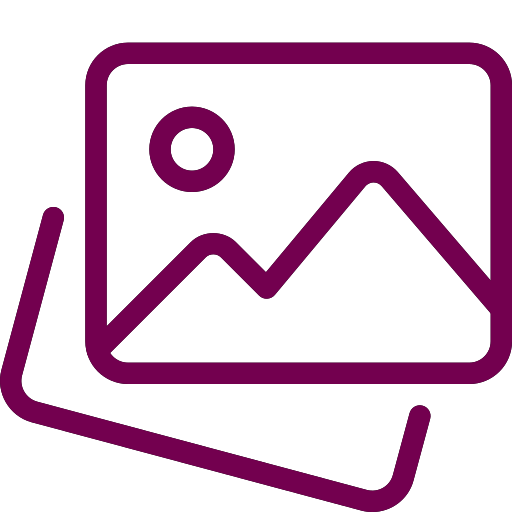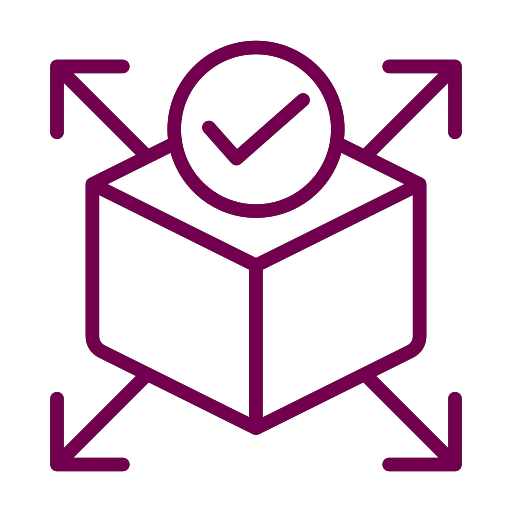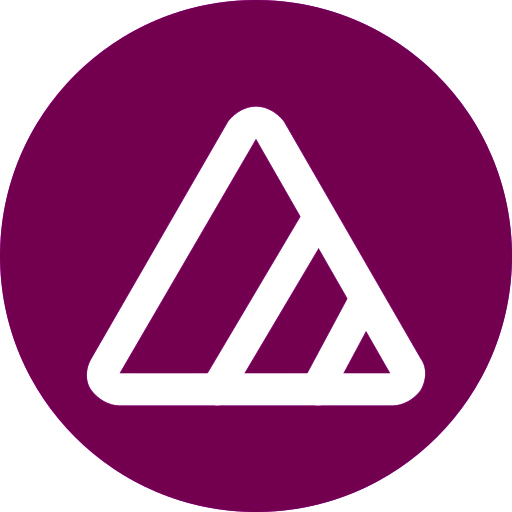
First Impressions Count:
Your visual identity is often the first interaction a potential customer has with your brand. Make it count with a visually compelling design that captures attention, communicates your values, and sets the tone for a positive brand experience.
Brand Recognition:
Consistency in visual elements builds brand recognition. Our visual design experts work to create a cohesive and memorable brand identity that spans across your website, marketing materials, and social media, reinforcing your brand in the minds of your audience.
Communication Amplified:
Visual design is a language of its own, capable of conveying complex messages in an instant. Whether it’s a logo, an infographic, or a website layout, our designs are crafted to communicate your story, values, and unique selling propositions effectively.
User Engagement:
Engage your audience visually, and you’ll keep them interested. Our designs are strategically crafted to enhance user experience, creating an inviting and visually pleasing environment that encourages longer interactions with your brand.
Versatility Across Platforms:
From social media graphics to print materials, our visual designs are adaptable across various platforms. This versatility ensures that your brand maintains a consistent and impactful presence wherever your audience encounters it.
Strategic Branding for Lasting Impressions
Visual design is the use of visual elements such as colors, typography, images, and layout to create a visually appealing and effective communication or user experience. It is important because it helps convey information, evoke emotions, and enhance the overall aesthetics of a product or message. Well-executed visual design can improve user engagement and understanding.







